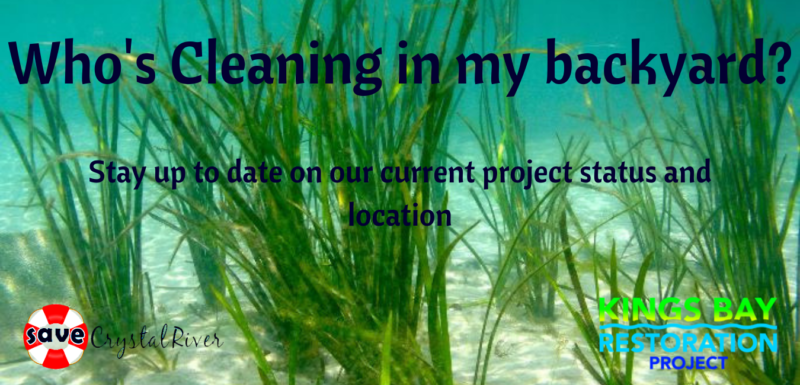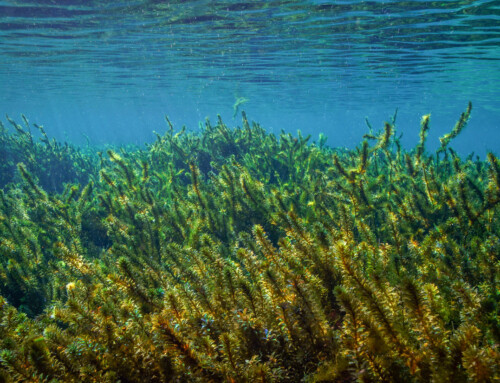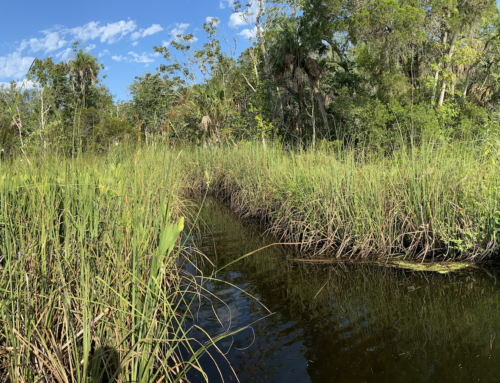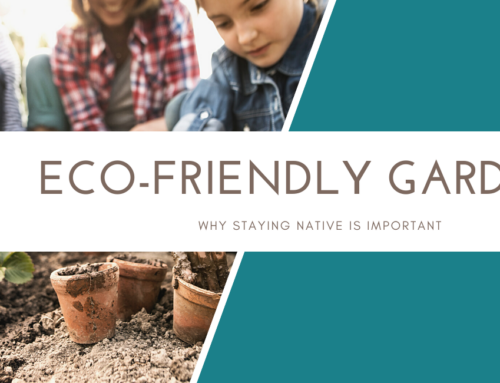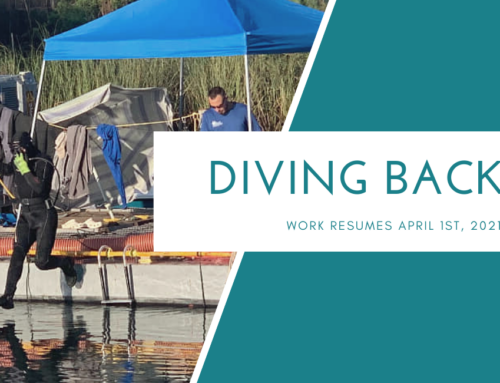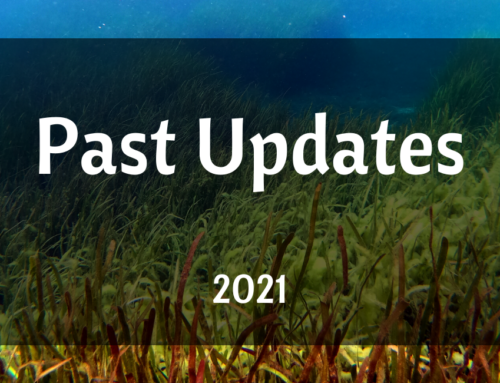Spending our days with our head in the clouds can be pretty dreamy, until you realize those clouds are full of pollution. Climate change is one of those issues we tend to think about, assume the problem is greater than us, and continue about our daily lives. However, keeping our heads buried will only allow climate change to continue, and expand.
The good news, though, is mother nature (much like the human body) is the master at self-healing, if allowed the chance to flourish.
Compare our planet to the human body. It lives, it breathes, it evolves. Now, we’ll look at carbon dioxide emissions like germs. Germs enter the body (our plant) and what happens? White blood cells attack the germs to fight off an infection (climate change).
So, what on Earth can we compare to white blood cells? NATURE! Our planet has ecosystems in place capable of absorbing and storing large amounts of carbon dioxide. These ecosystems include forests (as most of us already know) with trees absorbing and containing carbon dioxide through their lifespan. The problem with that is, as these trees are cut down and used for firewood, the carbon is then released back in to the atmosphere adding back to climate change. Surprisingly, (especially since it’s the 1st one we think about) forests come in 5th for carbon storage behind salt marshes, mangrove forests, seagrass meadows, and tundra.
Do you see 3rd place? Seagrass! Kings Bay Restoration Project is not only cleaning our waterways, but also planting eelgrass (think of it like seagrass’ fresh water cousin). Which means we have acres and acres of potential carbon sucking eelgrass meadows to literally drown out climate change. Now, will our eelgrass meadows completely eradicate the climate change problem? No. But, it’s one step forward towards the solution.
Our mission to remove the Lyngbya, restore our natural springs to their former beauty, and plant our Rock Star Eelgrass not only saves our local ecosystem, but also leaves a positive footprint on our planet.





